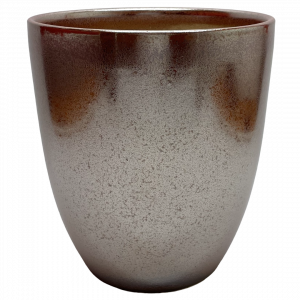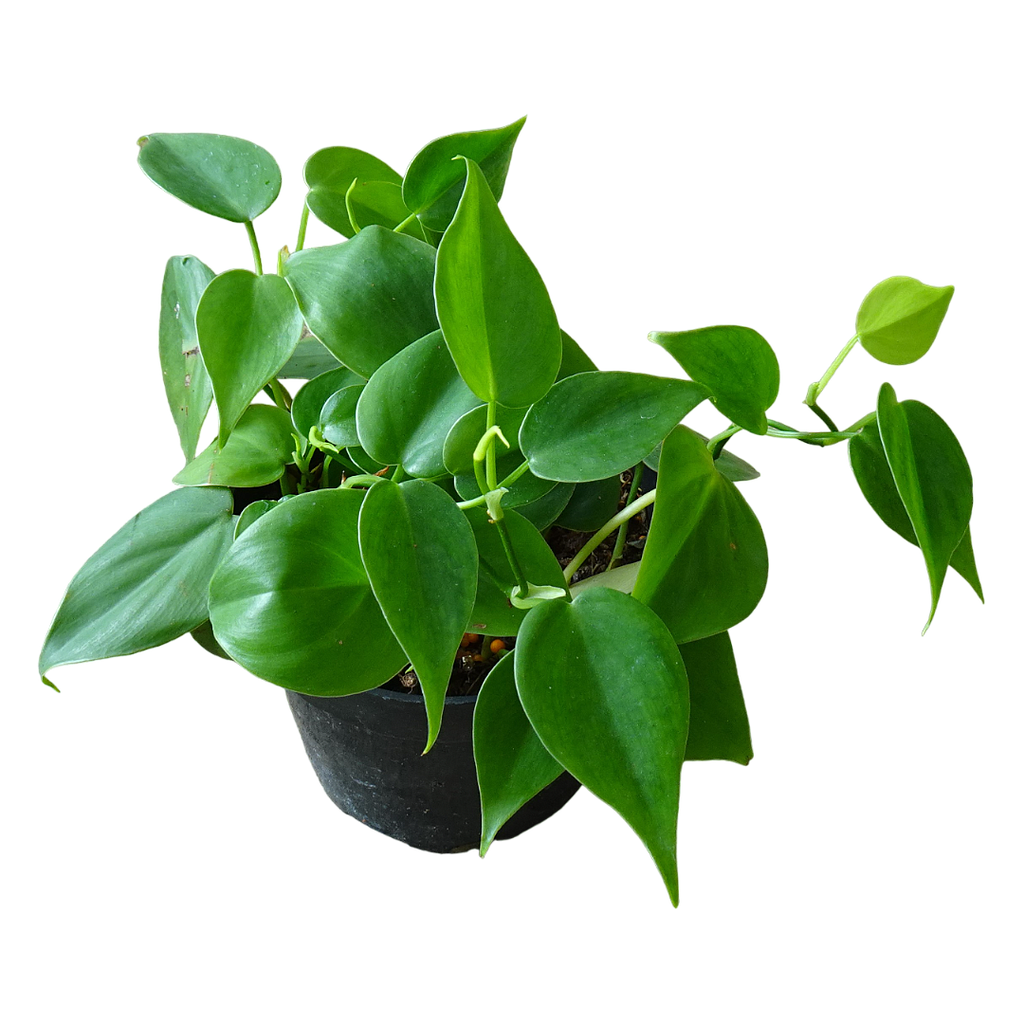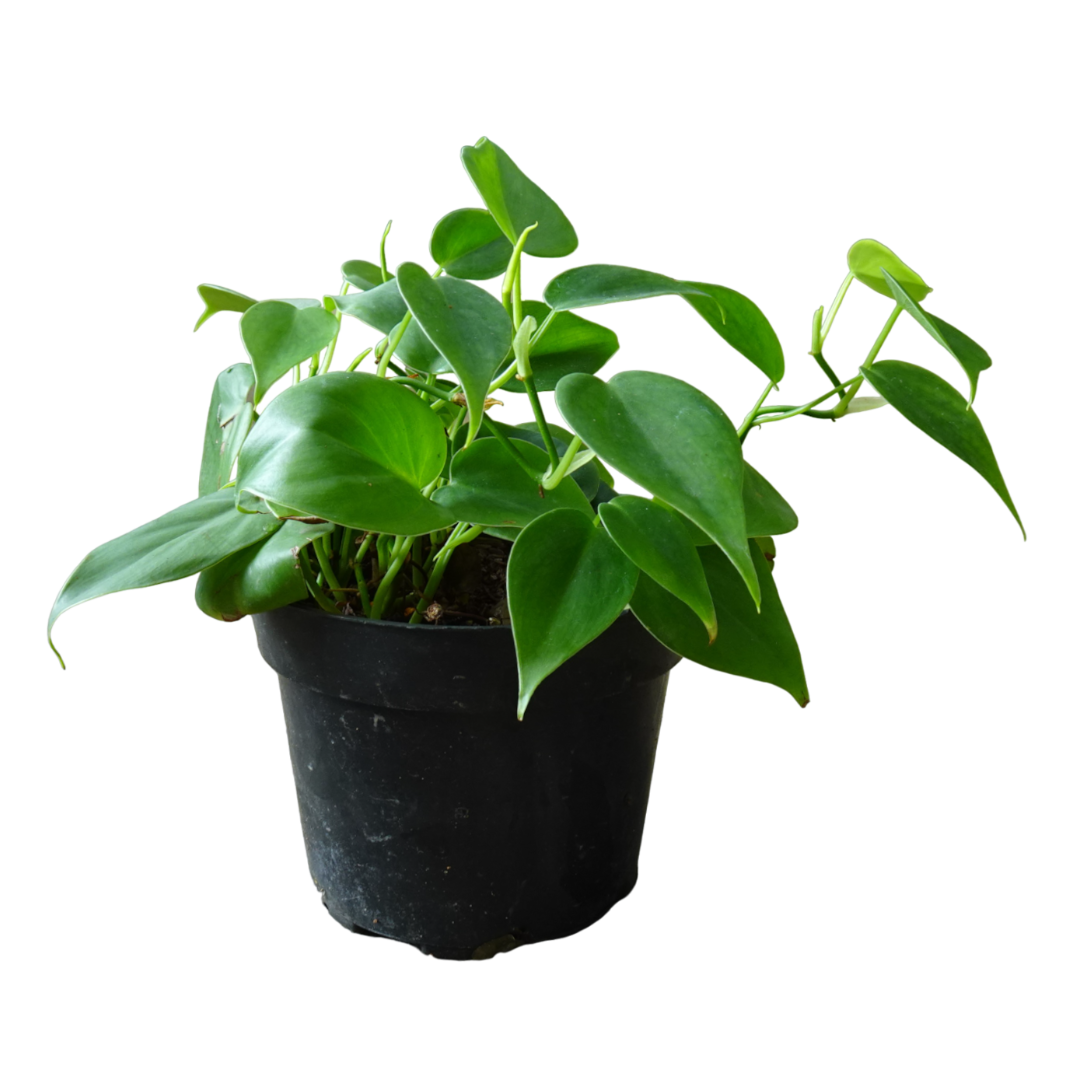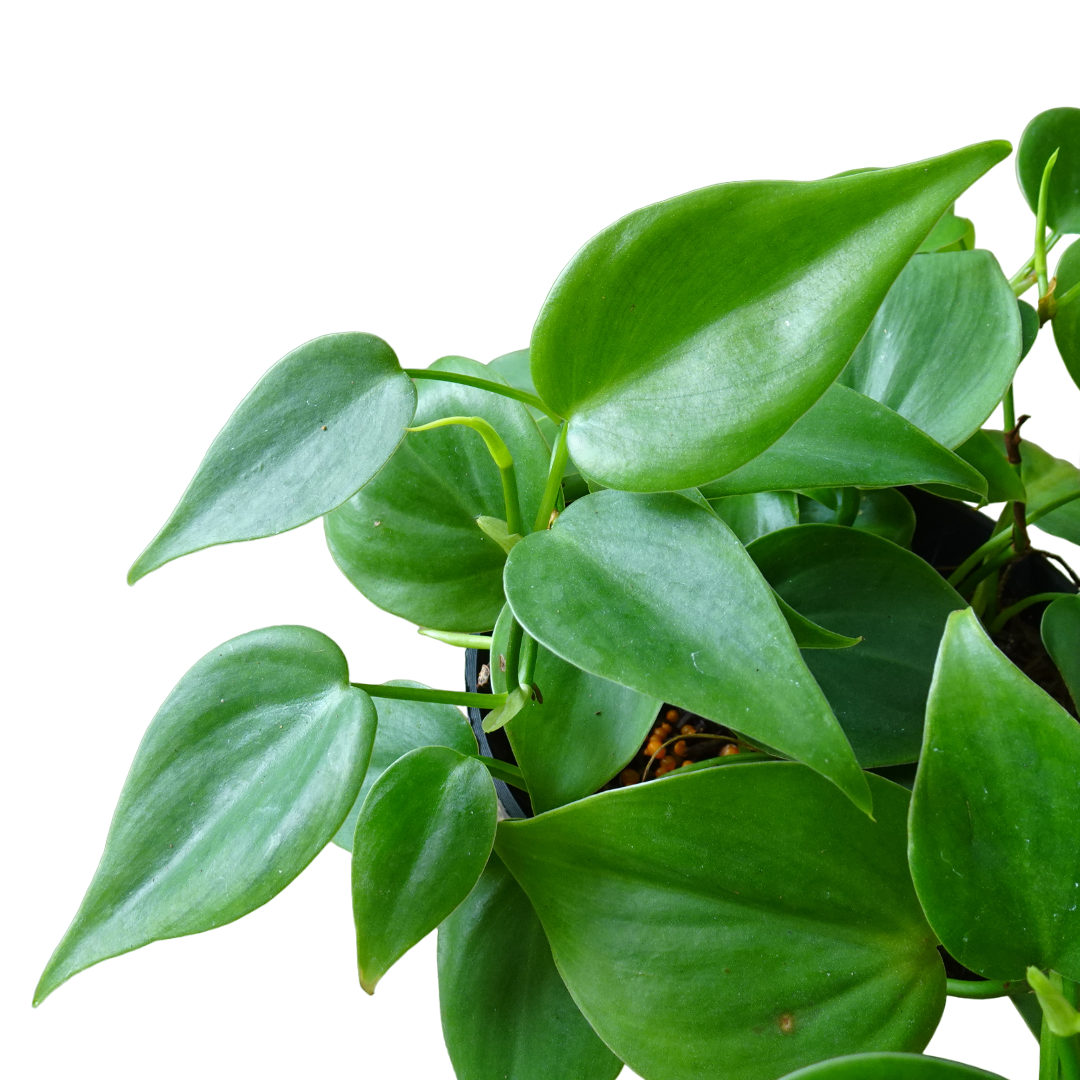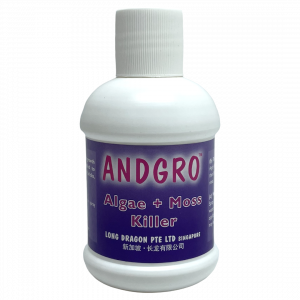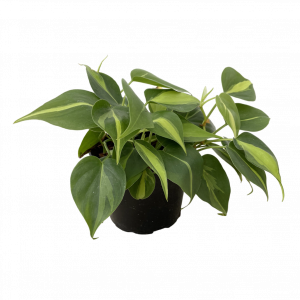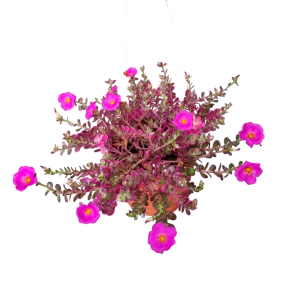Philodendron scandens, commonly known as the Green Heartleaf Philodendron, is a popular and versatile climbing or trailing plant native to the tropical rainforests of Central and South America. This lush, evergreen species is prized for its glossy, heart-shaped leaves that vary in shade from deep green to lighter hues as they mature. The plant’s long, flexible vines can be trained to climb up a trellis or allowed to cascade elegantly from a hanging basket, making it an ideal choice for both beginners and experienced plant enthusiasts. Known for its easy-care nature and air-purifying qualities, the Green Heartleaf Philodendron adds a touch of natural beauty to any indoor space.
Light Requirements: Philodendron scandens thrives in bright, indirect light but can also tolerate lower light conditions. However, in low light, its growth may slow, and the leaves may become smaller and less vibrant. Avoid direct sunlight, as it can scorch the leaves, causing them to yellow or develop brown spots. For optimal growth, place your Philodendron in a location with filtered light, such as near an east or north-facing window.
Watering: Water the Green Heartleaf Philodendron when the top 2 to 3 centimetres of soil feel dry to the touch. The plant prefers its soil to remain consistently moist but not soggy. It’s important not to let the soil dry out completely, but also ensure good drainage to prevent water from sitting at the bottom of the pot, which can lead to root rot. In a humid environment, occasional misting can help maintain the moisture the plant enjoys.
Soil Conditions: Philodendron scandens does best in a well-draining potting mix that retains moisture but also allows for adequate drainage. A standard potting mix with added perlite or coconut coir will work well, ensuring the roots are well-aerated and not waterlogged. Always choose a pot with drainage holes to avoid stagnant water at the bottom, which can cause root rot.
Fertilising: To encourage healthy growth and vibrant foliage, use a balanced, water-soluble fertiliser. Over-fertilising can cause leaf burn, so it’s best to under-feed rather than over-feed. Light, consistent feeding helps maintain strong, lush growth without stressing the plant.
Pests: Philodendron scandens is generally resistant to pests but can occasionally attract aphids, mealybugs, and spider mites. Regularly inspect the plant for any signs of infestation, such as yellowing or damaged leaves. If pests are found, treat the plant with neem oil or insecticidal soap to keep them under control. Ensuring good air circulation around the plant can also help prevent pest problems.
General Care: Philodendron scandens is a low-maintenance and adaptable plant, making it perfect for both new plant owners and experienced gardeners. Regular watering, ensuring proper drainage, and occasional misting for humidity are key to keeping the plant healthy. Clean the leaves periodically to remove dust, which helps the plant breathe easily and maintain its vibrant appearance. With minimal care, this resilient plant will thrive and add a touch of lush greenery to your home.
Lighting: Bright Filtered Light
Watering: Water Moderately
Watering Frequency: When top layer of soil is dry
Mealy bugs: Mealy bugs are small insects that feed on plant sap and can cause damage and transmit diseases. To control them, you can physically remove them, introduce natural enemies, or use insecticidal soap or neem oil. It’s important to monitor plants regularly and act quickly to prevent damage..
Powercote NPK 15+15+15+TE : Every 3 Months.

